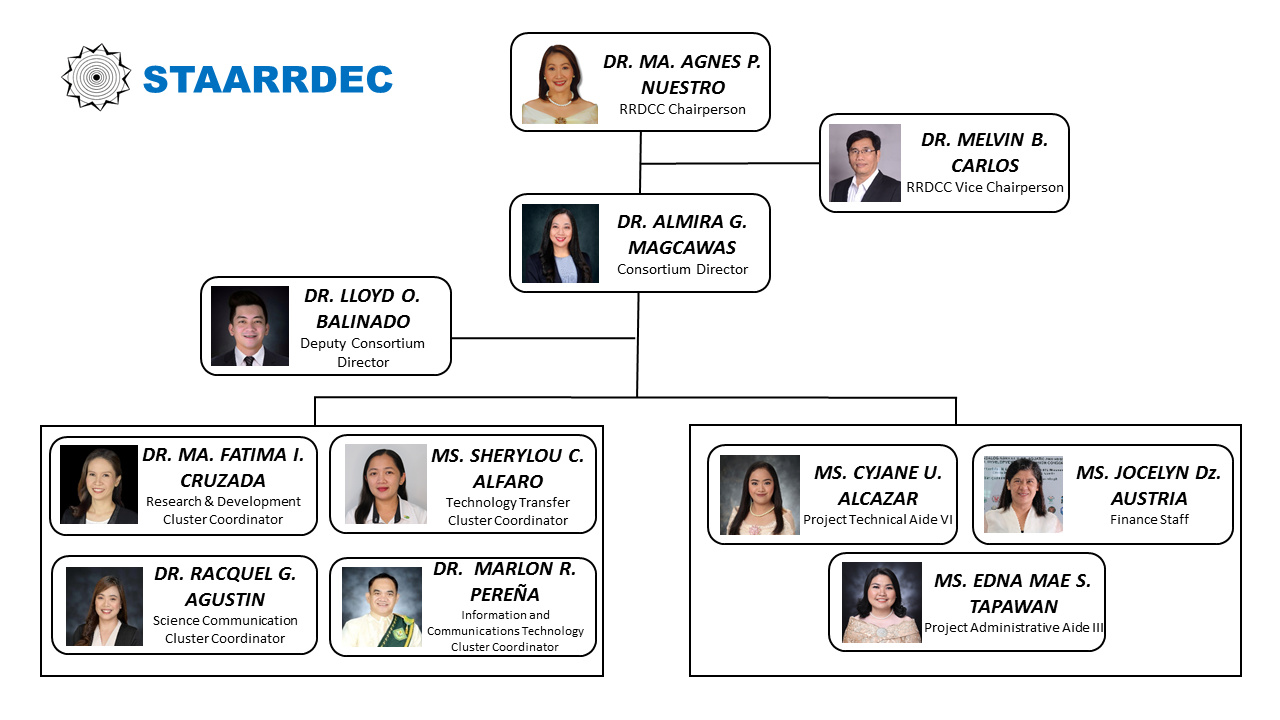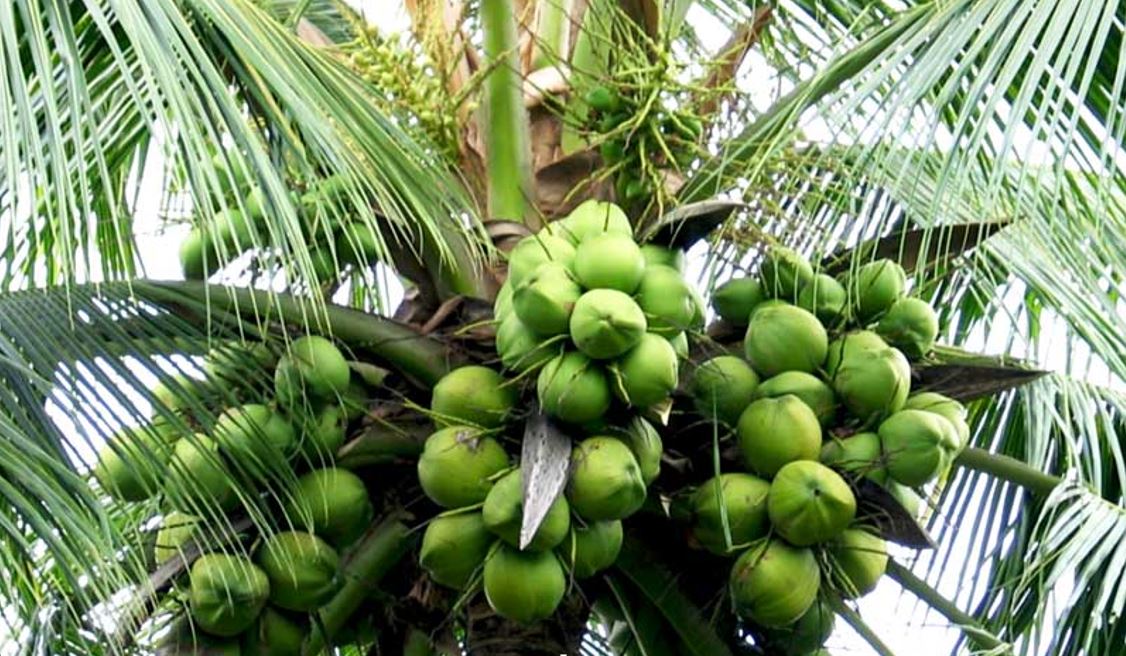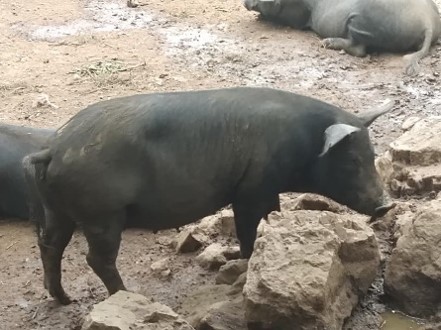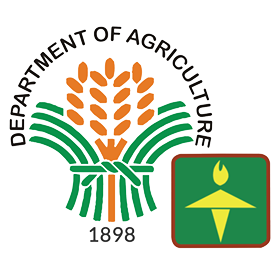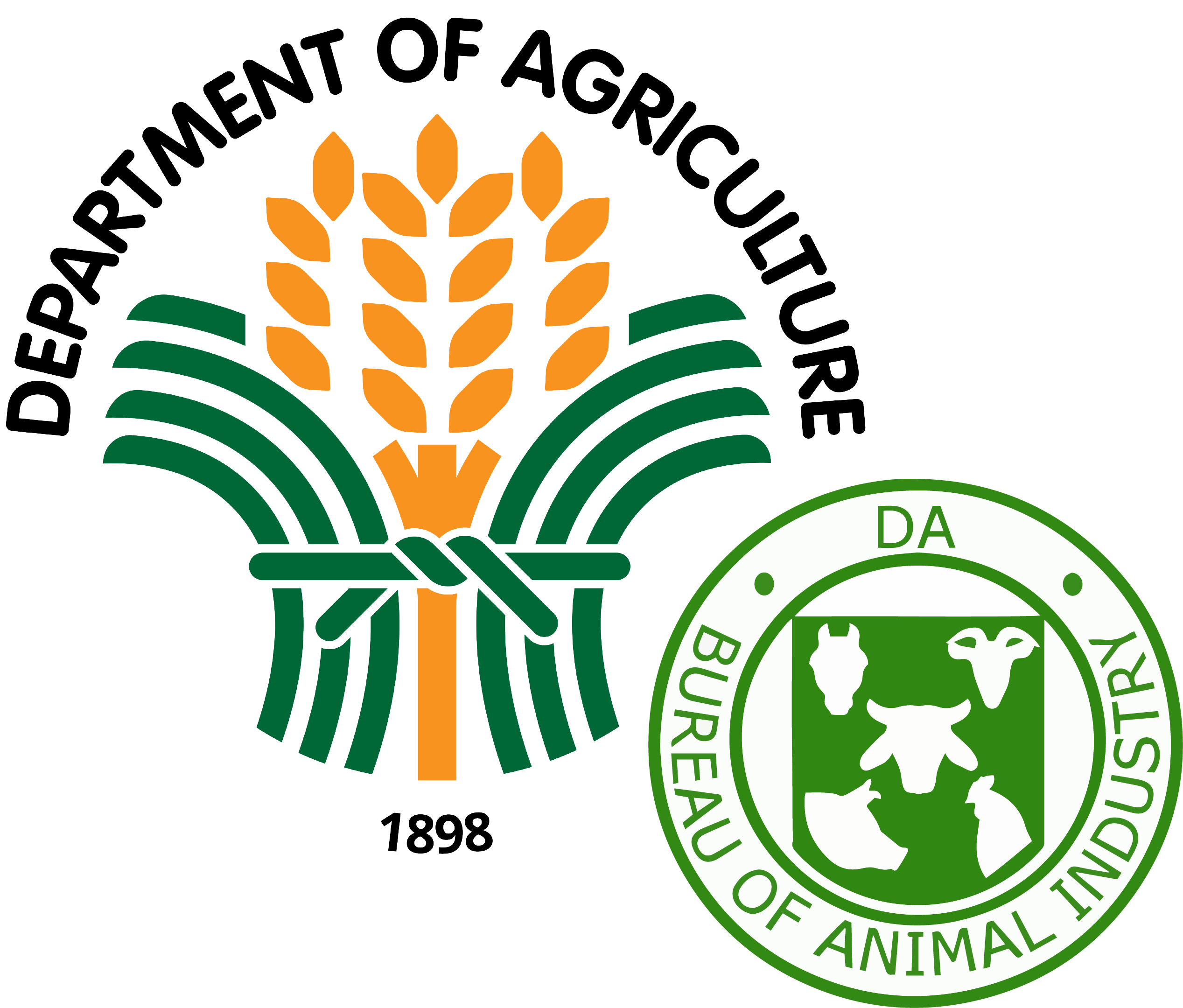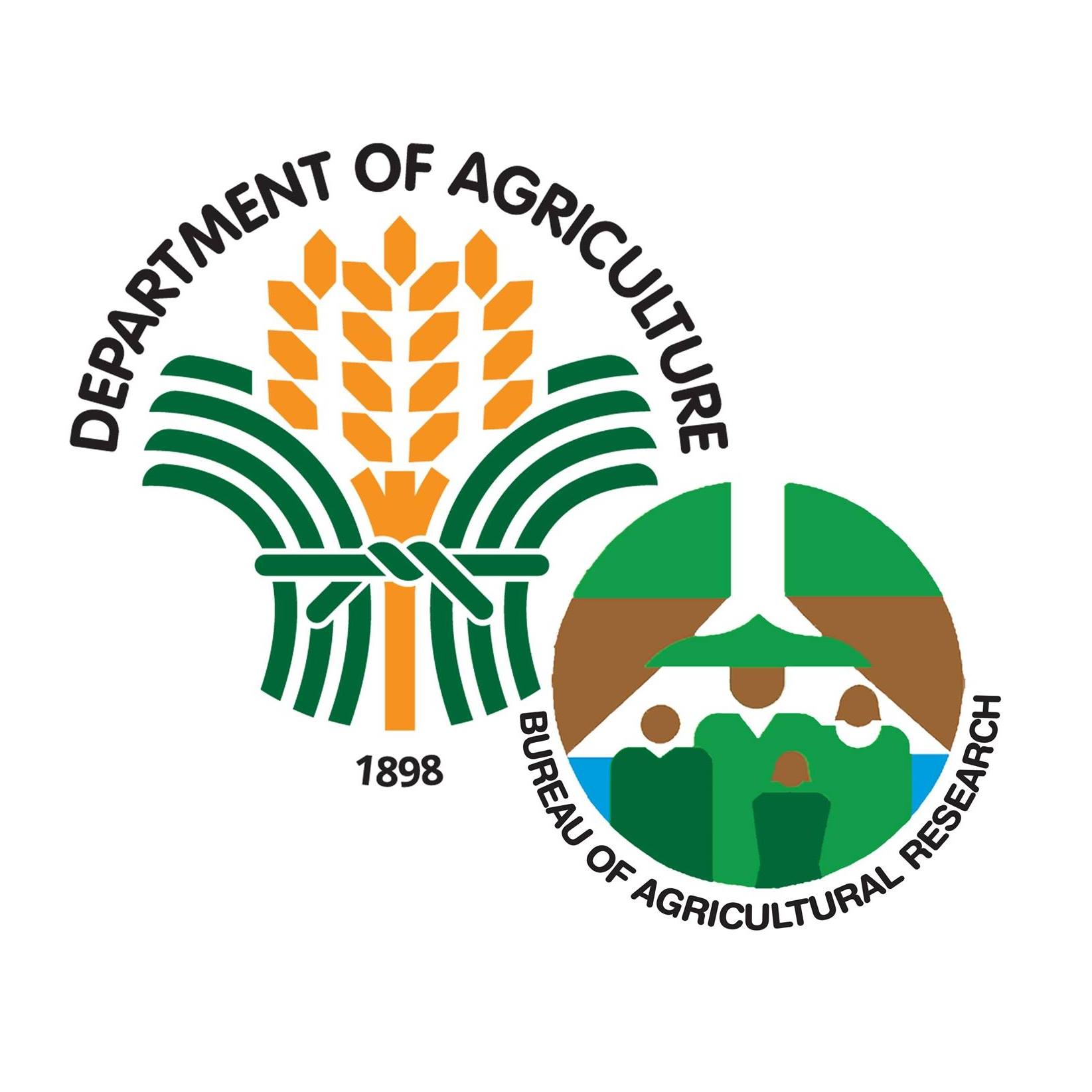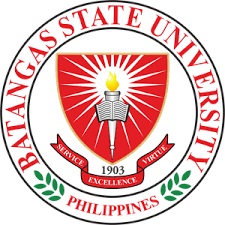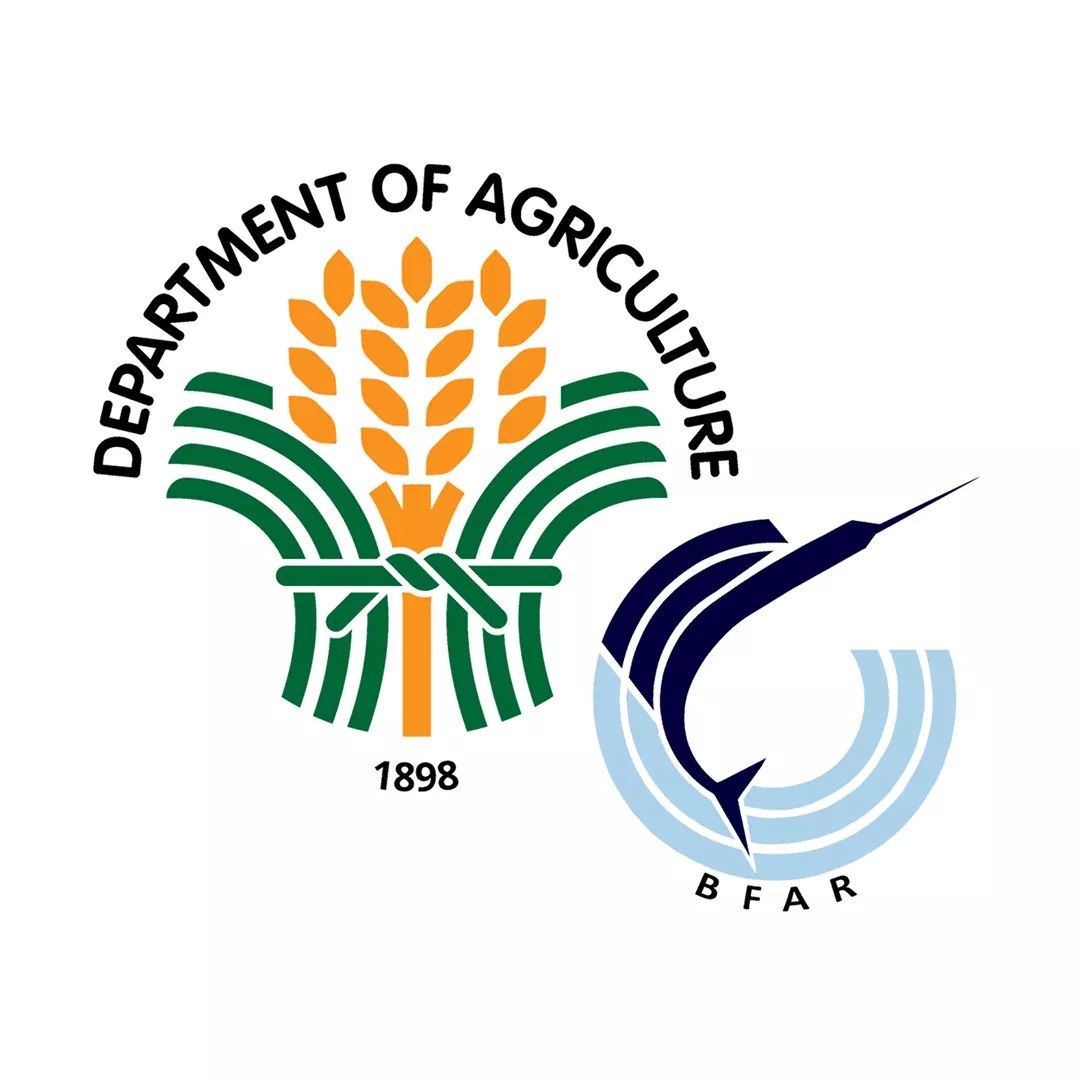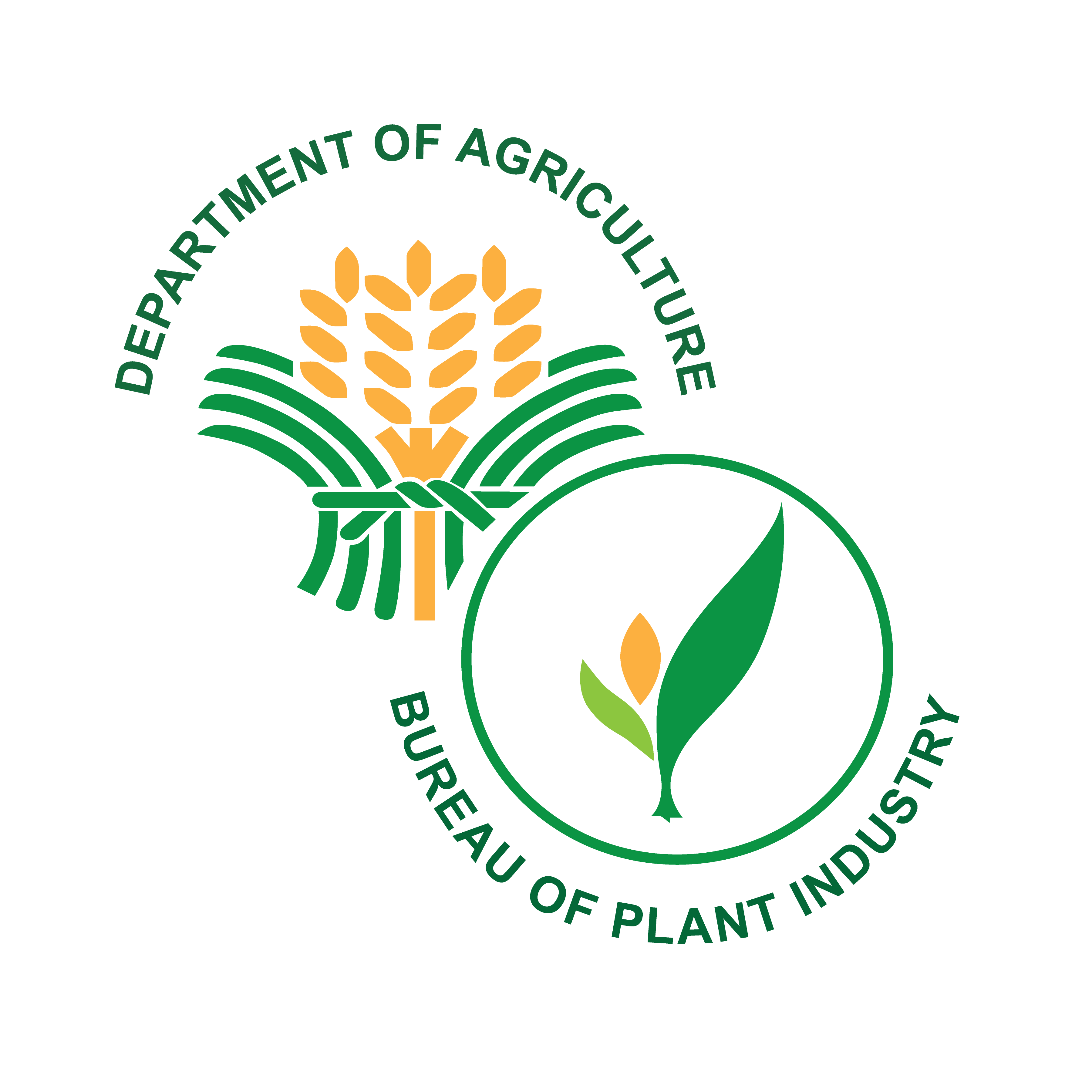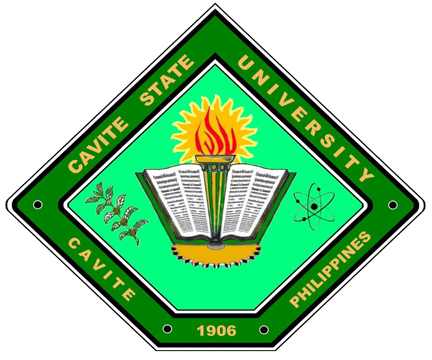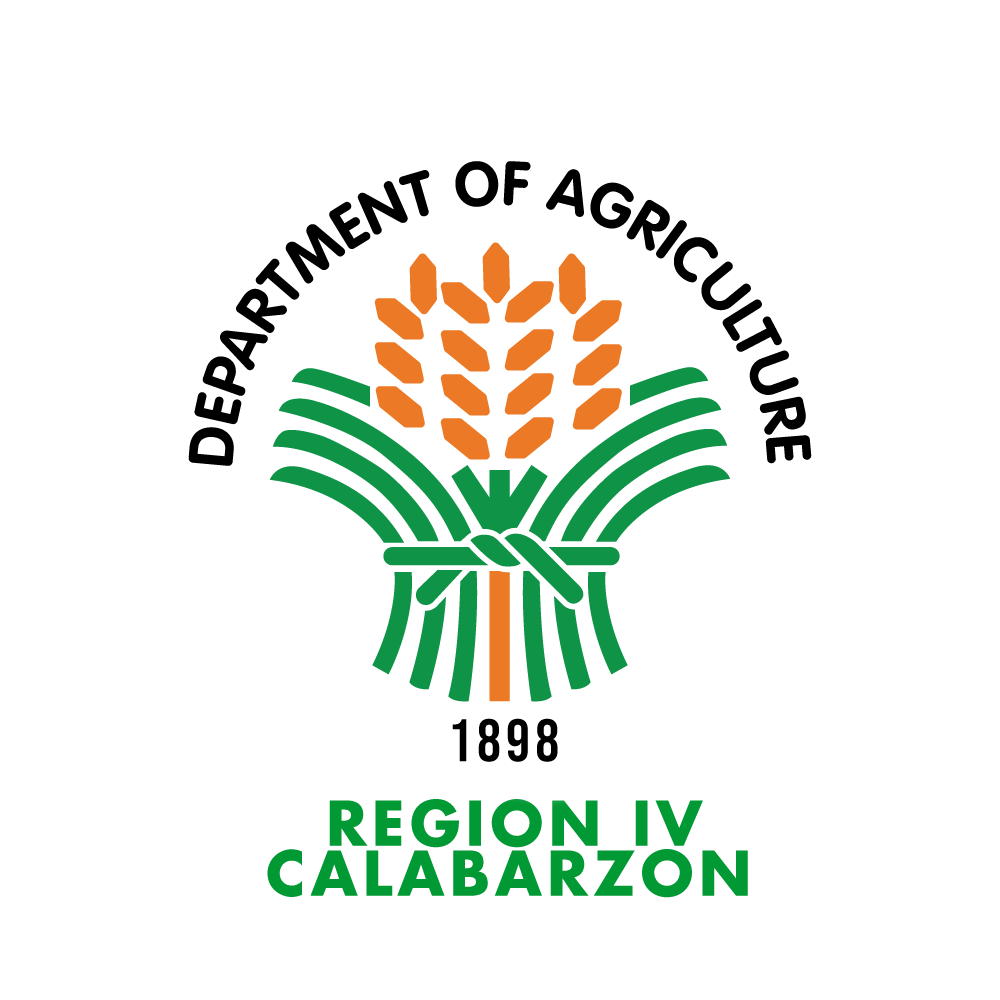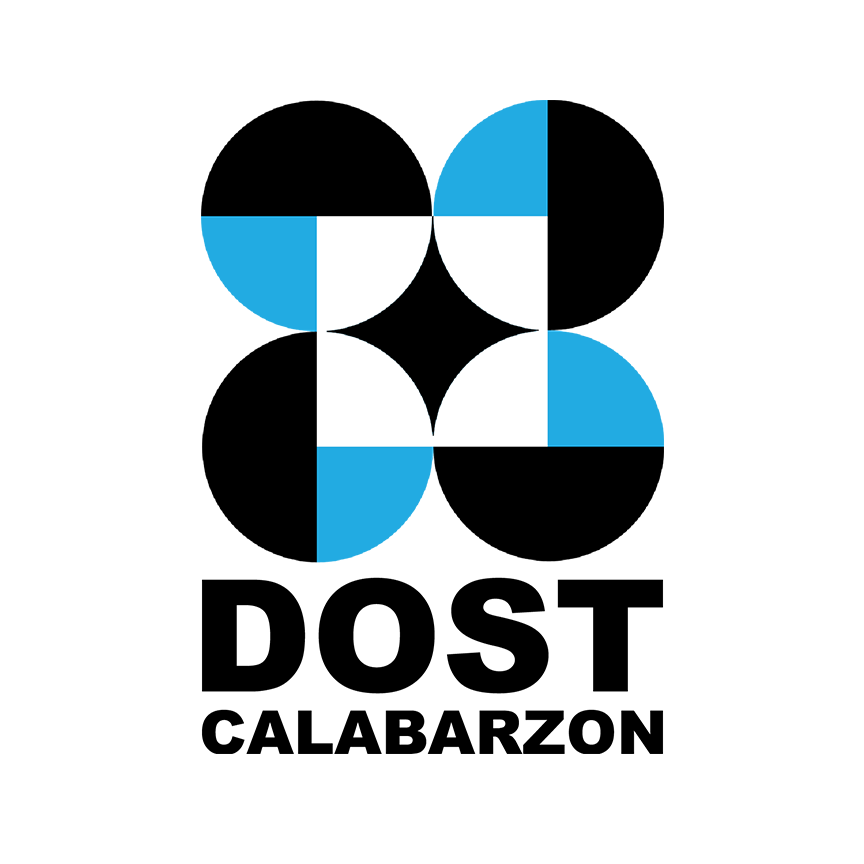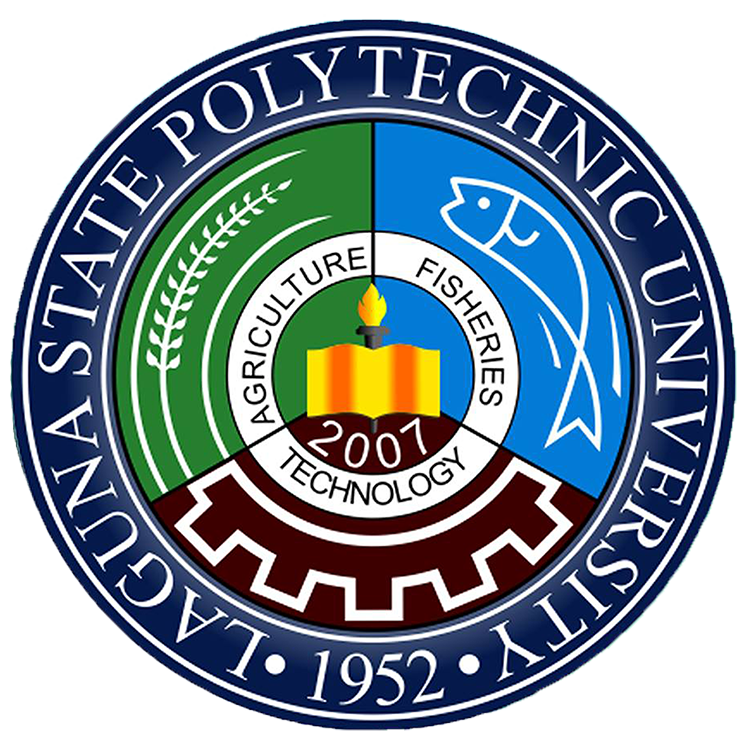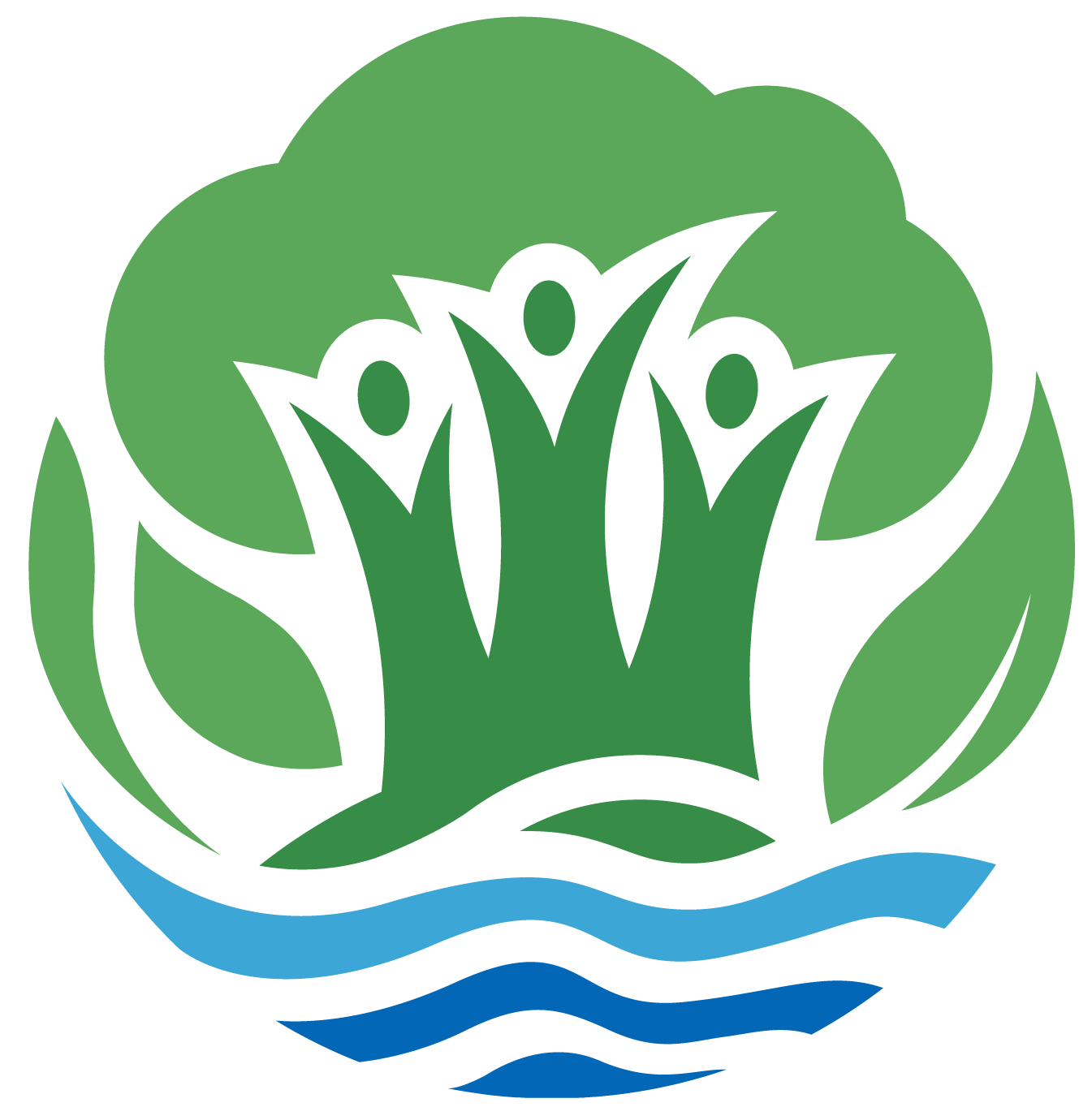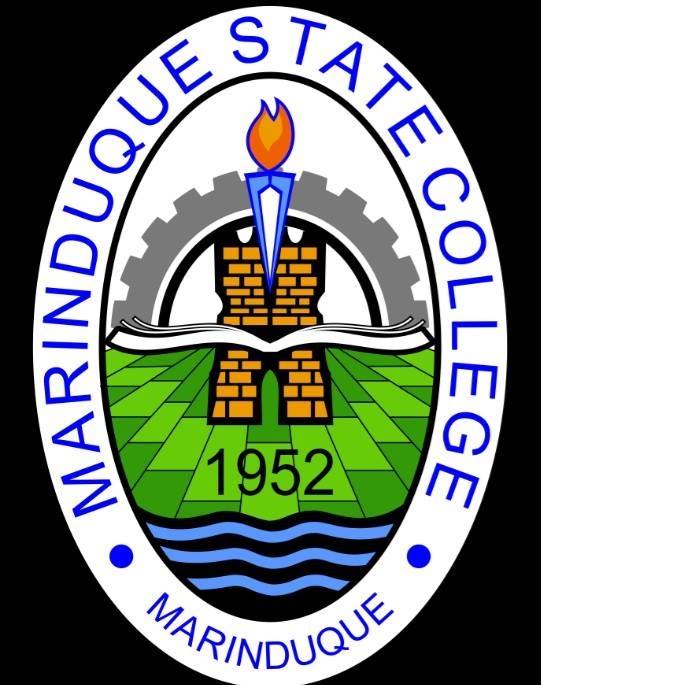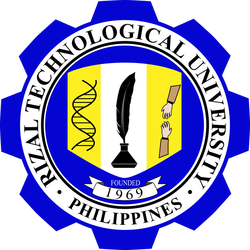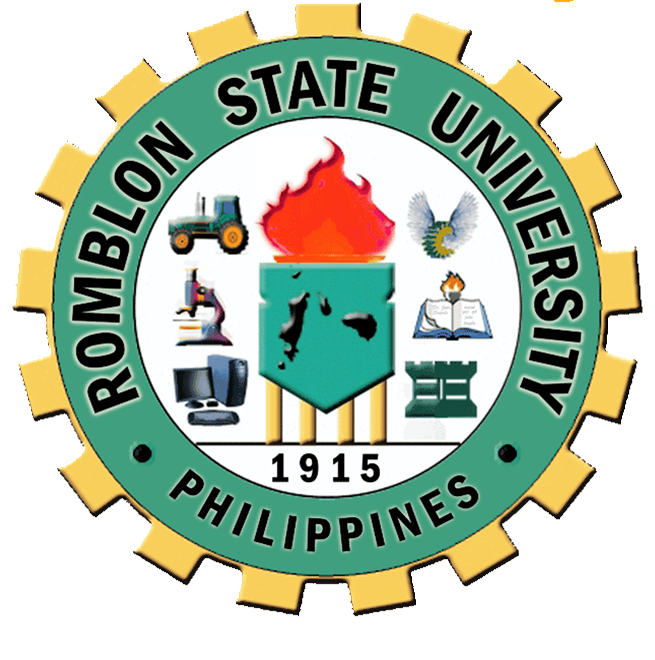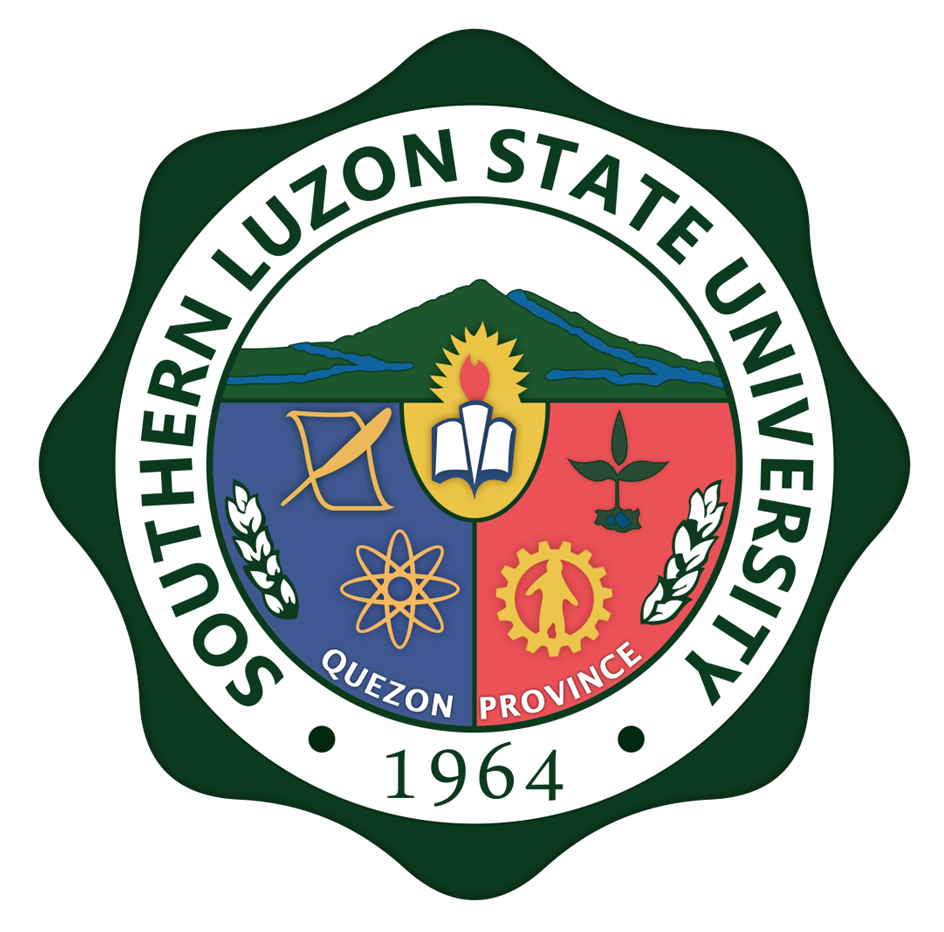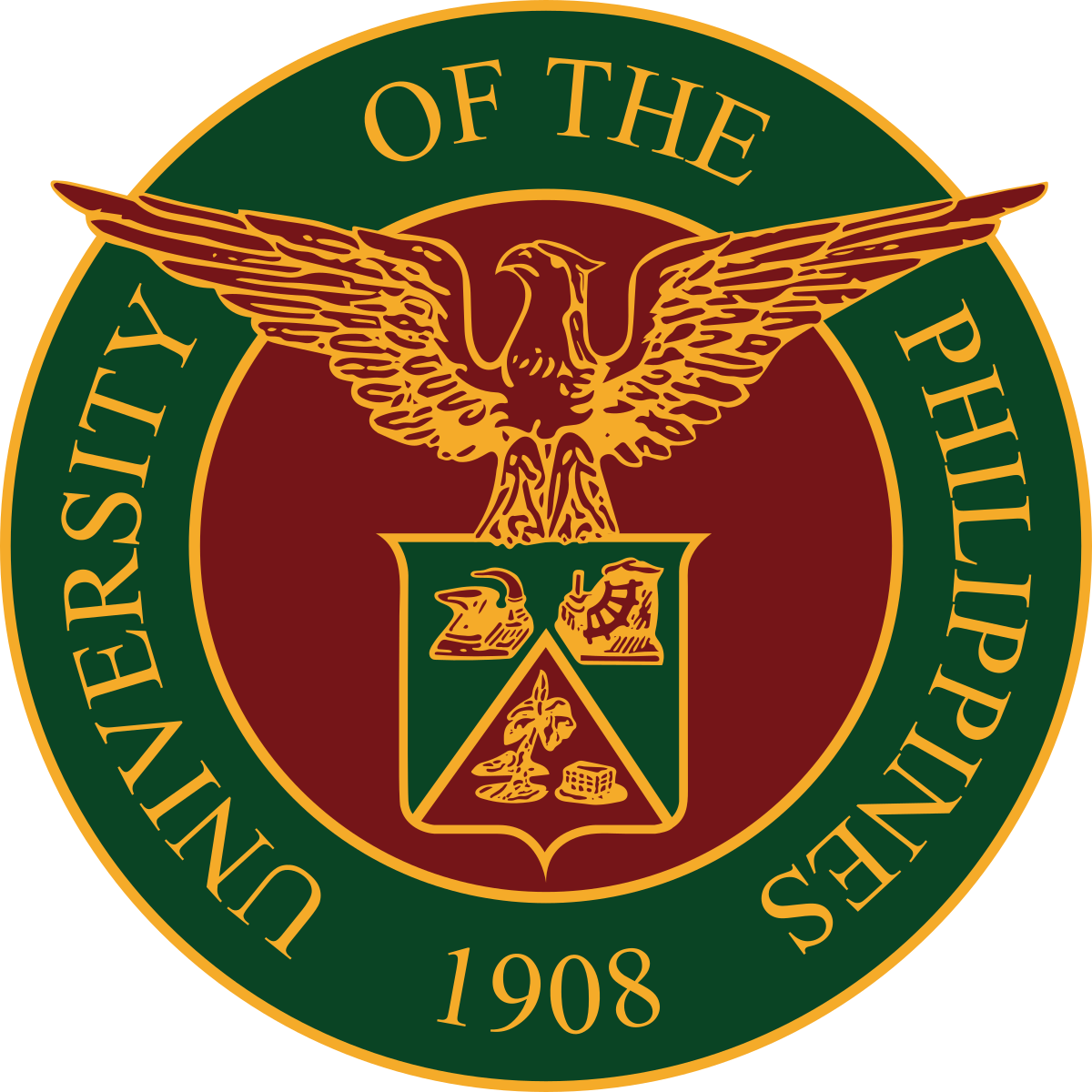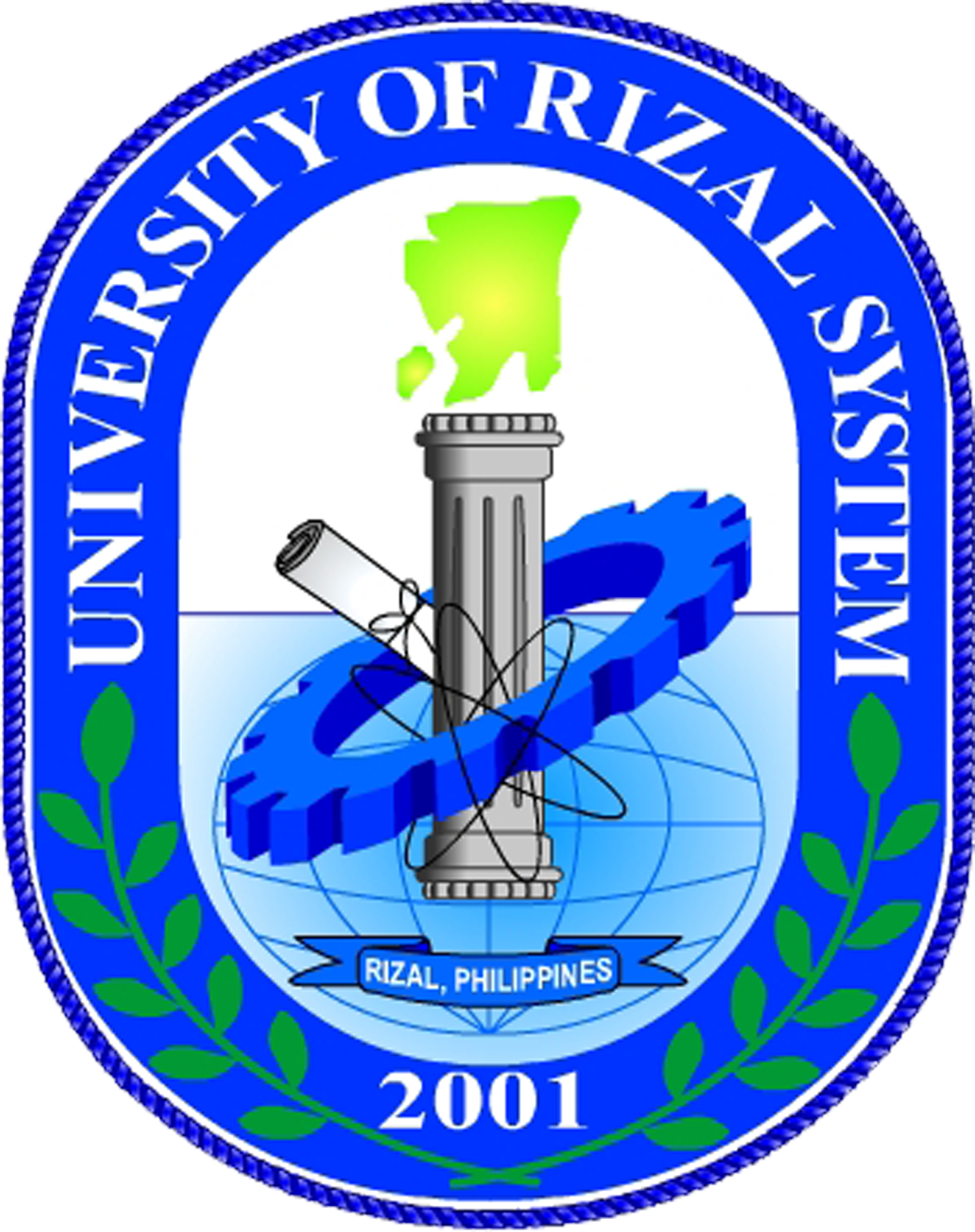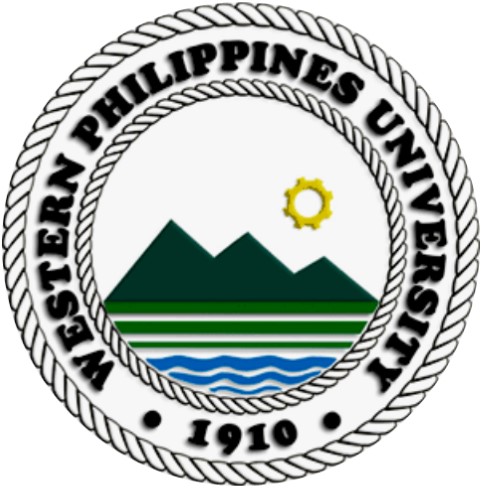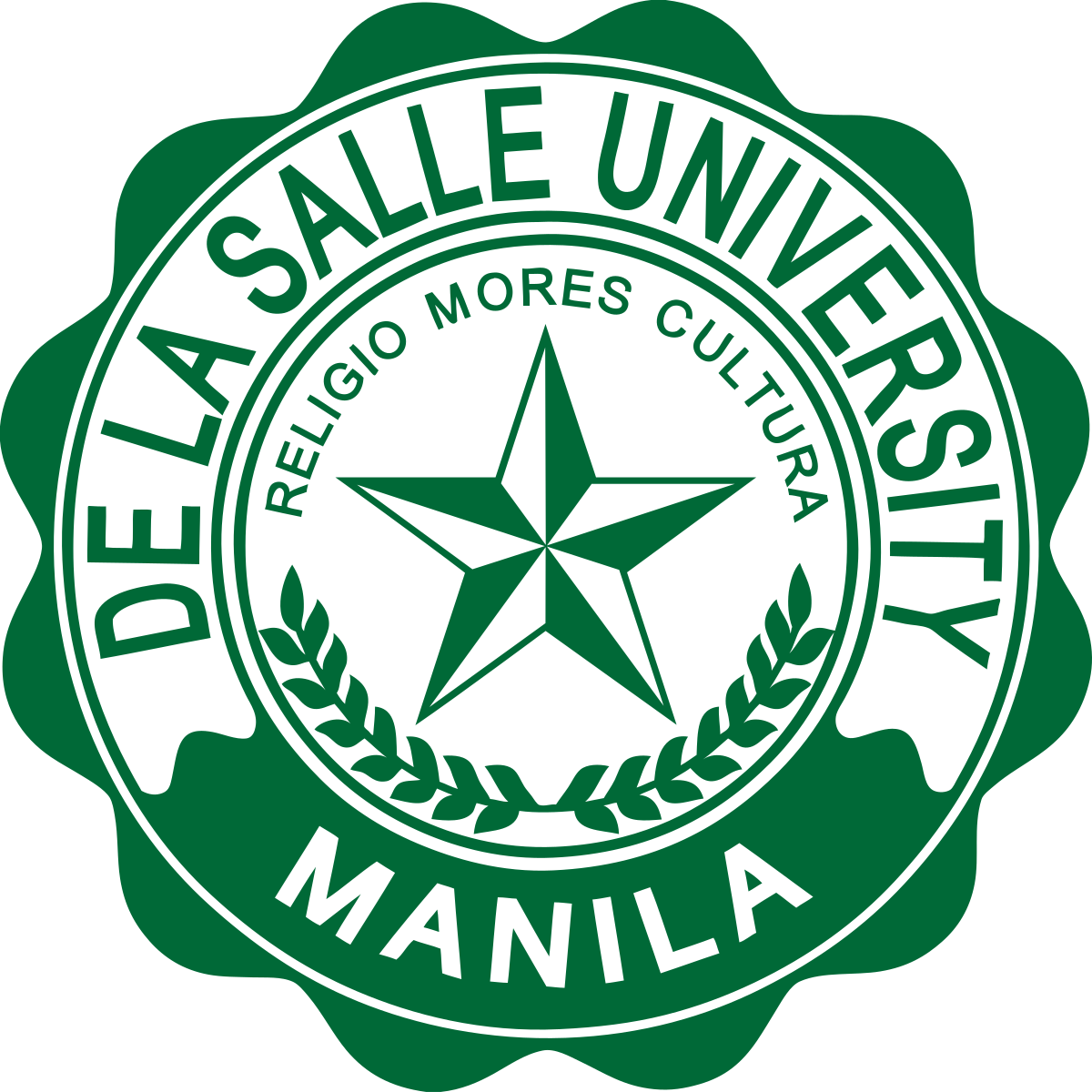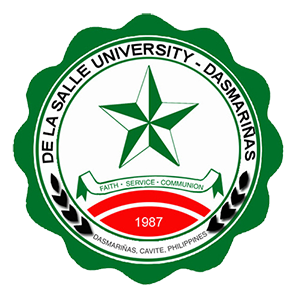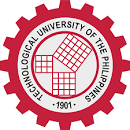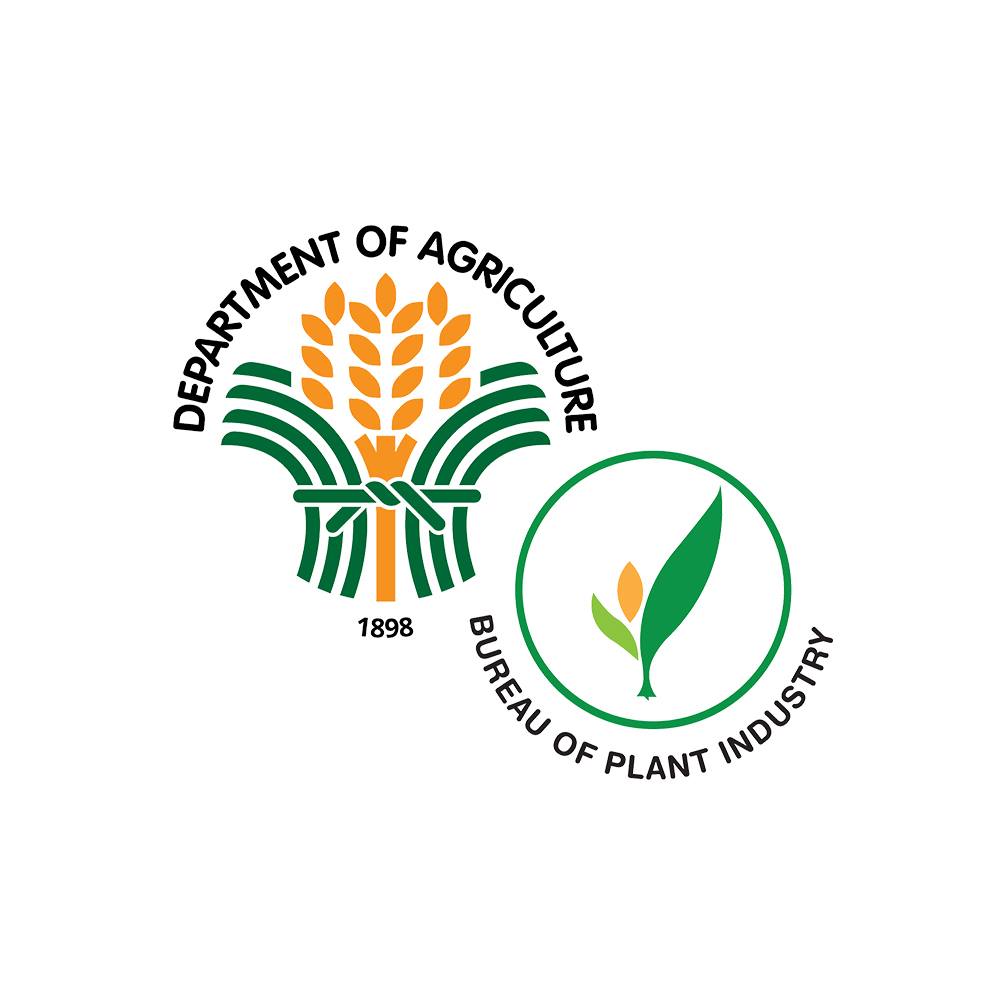| PROJECT TITLE | IMPLEMENTING AGENCY |
| Enhanced Regional Collaborative Program in Southern Tagalog Region | Southern Tagalog Agriculture Aquatic and Resources Research Development and Extension Consortium (STAARRDEC) |
| Development of Philippine Signature Muscovy Duck Breed | Bureau of Animal Industry (BAI) |
| SAFE: S&T Interventions to Improve Quick Response to Calamities and Natural Disasters in CALABARZON, MIMAROPA and Bicol Region | Bureau of Plant Industry - Los Banos National Crop Research, Development and Production Support Center (BPI-LBNCRDPSC) |
| Integrated Management of Sineguelas Leaf Beetle (Podontia quatuodecimpunctata (L.)) (Chrysomelida: Alticinae) an Introduced and Emerging Pest of Sineguelas (Spondias purpurea Blanco) in Batangas | Bureau of Plant Industry - Los Banos National Crop Research, Development and Production Support Center (BPI-LBNCRDPSC) |
| Enhanced Regional Collaborative Program in Southern Luzon | Cavite State University (CvSU) |
| Regional Agri-Aqua System Enhancement (RAISE) Program in Southern Tagalog: Project 3: Regional ATBI in STAARRDEC | Cavite State University (CvSU) |
| Regional Agri-Aqua System Enhancement (RAISE) Program in Southern Tagalog: Project 4: Enriching the Knowledge Management among Member Agencies of STAARRDEC | Cavite State University (CvSU) |
| Regional Agri-Aqua System Enhancement (RAISE) Program in Southern Tagalog: Project 1: Establishing & Operationalizing IPTBM Office at STAARRDEC | Cavite State University (CvSU) |
| Regional Agri-Aqua System Enhancement (RAISE) Program in Southern Tagalog: Project 1A: Enhancing IPTBM in CvSU | Cavite State University (CvSU) |
| Kwentong BANYUHAY: Bringing Accessible iNnovation in YoUr Homes and communitY (Kwentong TechTrans) | Cavite State University (CvSU) |
| Regional Agri-Aqua System Enhancement (RAISE) Program in Southern Tagalog: Project 2: Regional Agri-business Hub in STAARRDEC | Cavite State University (CvSU) |
| Development of an Unmanned Ground Vehicle Drone-Aided System with vis-NIR Sensors for Soil Nutrient Mapping of Coffee Farms | Cavite State University (CvSU) |
| S&T Action Frontline Emergencies (SAFE) for Forest Fire Hazard in the Watersheds in Bokod and Tublay, Benguet Province Using Maguey (Agave Cantala) as Greenbelt | Ecosystems Research & Development Bureau (ERDB) |
| S&T Community-based Nursery, Plantation Establishment and Management of Giant Bamboo (Dendrocalamus asper, Schult Backer) in Dalwangan, Malaybalay City, Bukidnon | Ecosystems Research & Development Bureau (ERDB) |
| Germplasm Conservation and DNA Marking of Selected Priority ITP Species | Ecosystems Research & Development Bureau (ERDB) |
| Pest and Disease Incidence and Severity in Falcata Plantations in Mindanao | Ecosystems Research & Development Bureau (ERDB) |
| Improvement of FWRDEC Laboratories and Establishment of Tree Farmers Training Hub | Ecosystems Research & Development Bureau (ERDB) |
| Regional Agri-Aqua System Enhancement (RAISE) Program in Southern Tagalog: Project 1H: Enhancing the Intellectual Property Business Management (IP-TBM) in FPRDI | Forest Products Research & Development Institute (FPRDI) |
| Inter-Laboratory Pulping and Paper Making of BANDALA (Backcross Abaca with Native and Desirable Accessions to Lift Up the Abaca Industry) Abaca Hybrid | Forest Products Research & Development Institute (FPRDI) |
| Morphological, Anatomical, and Physico-Mechanical Properties of Lesser-Used Bamboo Species in the Philippines | Forest Products Research & Development Institute (FPRDI) |
| Production of Bamboo Pellets for Sustainable and Alternative Source of Energy Using Commercial Bamboo Species in the Philippines | Forest Products Research & Development Institute (FPRDI) |
| Adoption of Improved Hatchery-Nursery Culture System for Commercial Production of Mangrove Crab Seedstock in Infanta, Quezon | Laguna State Polytechnic University (LSPU) |
| Regional Agri-Aqua System Enhancement (RAISE) Program in Southern Tagalog: Project 3A: Enhancing the DOST-PCAARRD Agri-Aqua Technology Business Incubator of LSPU through STAARRDEC-RAISE Program | Laguna State Polytechnic University (LSPU) |
| Regional Agri-Aqua System Enhancement (RAISE) Program in Southern Tagalog: Project 1D: Enahancing IPTBM in MSC | Marinduque State College (MSC) |
| Profiling and Evaluation of Coconut Palms for National Coconut Hybridization through Hyperspectral Data and Image Analysis | Philippine Coconut Authority - IV-A (PCA -IV-A) |
| Regional Agri-Aqua System Enhancement (RAISE) Program in Southern Tagalog: Project 1F: Enhancing IPTBM in RTU | Rizal Technological University (RTU) |
| Regional Agri-Aqua System Enhancement (RAISE) Program in Southern Tagalog: Project 1I: Enhancing IPTBM in RSU | Romblon State University (RSU) |
| Regional Agri-Aqua System Enhancement (RAISE) Program in Southern Tagalog: Project 1B: Enhancing IPTBM in SLSU | Southern Luzon State University (SLSU) |
| Mt. Banahaw de Lucban Biodiversity Assessment, Valuation and Conservative Program: Project 2. Reproductive Phenology, Propagation, and Habitat Characterization of Threatened and Economically Valuable Flora in Mt. Banahaw de Lucban | Southern Luzon State University (SLSU) |
| Regional Agri-Aqua System Enhancement (RAISE) Program in Southern Tagalog: Project 1 C: Enhancing the Intellectual Property and Technology Business Management (IP-TBM) in URS | University of Rizal System (URS) |
| Development of Improved Eggplant Varieties with New Plant Defense Genes for Multiple Insect Resistance Using Innovative Technologies | University of the Philippines-Los Banos (UPLB) |
| Banana Bract Mosaic Disease (BBrMD) in the Philippines: Geographic Distribution, Yield Loss Assessment, Virus Elimination, and Evaluation of Germplasm Collection: Project 3. Virus Elimination and Production of Virus-Free Planting Materials of 'Saba' Varieties | University of the Philippines-Los Banos (UPLB) |
| Banana Bract Mosaic Disease (BBrMD) in the Philippines: Geographic Distribution, Yield Loss Assessment, Virus Elimination, and Evaluation of Germplasm Collection: Project 2. Evaluating the Impact of BBrMV on the Yield of Selected Banana Cultivars in the Philippines | University of the Philippines-Los Banos (UPLB) |
| Banana Bract Mosaic Disease (BBrMD) in the Philippines: Geographic Distribution, Yield Loss Assessment, Virus Elimination, and Evaluation of Germplasm Collection: Project 4. Evaluation of Selected Irradiated Cardaba Mutants with Short Stature and other Musa Accessions for Banana bract mosaic virus(BBrMV) | University of the Philippines-Los Banos (UPLB) |
| Banana Bract Mosaic Disease (BBrMD) in the Philippines: Geographic Distribution, Yield Loss Assessment, Virus Elimination, and Evaluation of Germplasm Collection: Project 1. Distribution, Diversity and Host Range of Banana bract mosaic potyvitus in the Philippines | University of the Philippines-Los Banos (UPLB) |
Development of New hibiscus rosa-sinesis Varieties through Conventional Hybridizaion and Embryo Rescue
Former title: Development of New Hibiscus rosa-sinensis Varieties through Conventional Hybridization and Embryo Rescue in Hibiscus | University of the Philippines-Los Banos (UPLB) |
| Varietal Development in Philippine Native Hoyas | University of the Philippines-Los Banos (UPLB) |
| Greenhouse Gas Inventory of Industrial Tree Plantation (ITP) Production Chain in Mindanao - Phase 2 | University of the Philippines-Los Banos (UPLB) |
| Integration of Traditional and Modern Bioproduction Systems for a Sustainable and Resilient Future Under Climate Ecosystems Changes (ITMOB) | University of the Philippines-Los Banos (UPLB) |
| Advocating Science-based Policy Reforms for the Sustainable Production and Consumption of Non-Timber Forest Products in the Philippines: The Case of the Almaciga Resin Industry | University of the Philippines-Los Banos (UPLB) |
| Assessment of Payment for Water Ecosystem Service (P-WES) Initiatives Towards the Development of a Philippine PES Protocol | University of the Philippines-Los Banos (UPLB) |
| Decision Support System for Effective Lake Governance of the Seven Small Crater Lakes in San Pablo City, Laguna | University of the Philippines-Los Banos (UPLB) |
| Cost-Effective Cold Chain Systems and Product Monitoring for High Value Crops | University of the Philippines-Los Banos (UPLB) |
| Development Innovations and Policy Lab: Capacity Building Toward Innovative and Inclusive Policy-making for Development in the AANR Sector | University of the Philippines-Los Banos (UPLB) |
| Managing Cocoa Quality in the Post-Harvest Process: Biological Approaches for the Management of Mycotoxins and Storage Pests of Cacao: Project 1. Quick Detection of Mycotoxins in Cocoa using Nanobiosensor | University of the Philippines-Los Banos (UPLB) |
| Impact Assessment of Floods and Droughts in Selected Agricultural Municipalities in Laguna | University of the Philippines-Los Banos (UPLB) |
| Development of Models for Assessment and Monitoring of the Seven Lakes of San Pablo | University of the Philippines-Los Banos (UPLB) |
| Prevalence Monitoring of Selected Emerging Bacterial Pathogens on the Surface Water and Aquaculture of the Seven Lakes of San Pablo, Laguna, Philippines | University of the Philippines-Los Banos (UPLB) |
| Gender Impact Assessment of Forest Conservation Projects among Indigenous Peoples in Luzon, Philippines | University of the Philippines-Los Banos (UPLB) |
| Gender Analysis Framework and Monitoring and Evaluation Tools in gender Responsive AANR Development Projects (GAME Tools in AANR) | University of the Philippines-Los Banos (UPLB) |
| Resource Inventory and Policy in Ecosystem Services under Threat (RE-INVEST): The Case of the West Philippine Sea: Project 2. Natural Capital Accounting of Coastal and Marine Ecosystems in the West Philippine Sea | University of the Philippines-Los Banos (UPLB) |
| Innovation Willingness and Readiness of Fish and Seafood Processing Micro, Small and Medium Enterprises (MSMEs) for Food Safety Standards | University of the Philippines-Los Banos (UPLB) |
| Development of Captive Breeding and Larval Rearing Protocols for the Endangered Sardinella tawilis | University of the Philippines-Los Banos (UPLB) |
| Refinement of Protocols for Captive Breeding and Larval Rearing of Ayungin (Leiopotherapon plumbeus) | University of the Philippines-Los Banos (UPLB) |
| Facilities Improvement of PGC-Agriculture for Enhanced Agricultural Genomics Research | University of the Philippines-Los Banos (UPLB) |
| Assessment and Valuation of the Ecosystem Services of the Pantabangan-Carranglan Watershed Forest Reserve | University of the Philippines-Los Banos (UPLB) |
| Enhancing the Growth of Crossbred Dairy Buffalo-based Enterprise in San Agustin, Isabela | University of the Philippines-Los Banos (UPLB) |
| Thraustochytrid Cultivation in Wastewater for Polyunsaturated Fatty Acid Production as Alternative Fish Feed/ Ingredient for Fish & Seafood Products | University of the Philippines-Los Banos (UPLB) |
| Development and Optimization of Micropropagation Protocol for Selected Bamboo Species | University of the Philippines-Los Banos (UPLB) |
| Value Chain Analysis for Selected Bamboo Products in the Philippines | University of the Philippines-Los Banos (UPLB) |
| Integrated Crop Management (ICM) for the Rehabilitation of Banana in a Coconut Intercropping Production System | University of the Philippines-Los Banos (UPLB) |
| Advocating Policy Reforms Towards Effective & Efficient Conduct of Public R&D in the Philippines | University of the Philippines-Los Banos (UPLB) |
| Examining Co-production of Gender & Sustainability Dynamics with Indigenous Peoples for Sustainable Nature-based Livelihoods of Selected Priority Commodities in the Philippines (CP4SL) | University of the Philippines-Los Banos (UPLB) |
| Value Chain Analysis of Bamboo Textile Products in the Philippines | University of the Philippines-Los Banos (UPLB) |
| Enhancing the Growth of Tree Plantation Industries in the Philippines: Simplification & Harmonization of Policies & Governance along the Value Chain | University of the Philippines-Los Banos (UPLB) |
| Building Rural Coomunity Capacity Towards Resiliency of the Mango & Coconut Livelihoods in Luzon | University of the Philippines-Los Banos (UPLB) |
| Spatio-temporal Monitoring and Rehabilitation Technology for the Enhanced Recovery of Coral Reefs (SMaRTER-Corals) | University of the Philippines-Los Banos (UPLB) |
| Valuation & Accounting of Ecosystem Services (VALUES) Lab: Building Capacity for Sustainable Forest & Natural Resources Management | University of the Philippines-Los Banos (UPLB) |
| Development of a Gender-Responsive Knowledge Transfer Pathway for Potential Adoption of Best Practices in Philippine Vegetable Production Systems | University of the Philippines-Los Banos (UPLB) |
| Sustainable Indoor Farm for Growing Leafy Vegetables using Artificial Lighting (SIGLA): Performance Testing & Evaluation of Solar-powered Modular Indoor Vertical Farm | University of the Philippines-Los Banos (UPLB) |
| Mannan Oligosaccharides (MOS) Prebiotic Feed Ingredient for Aquafeeds from Bioprocessed Coconut Residue | University of the Philippines-Los Banos (UPLB) |
| PECM in Aquaculture Diets for Gut Health Modulation | University of the Philippines-Los Banos (UPLB) |
| Field Trial Plantation of Indigenous Tree Species for the Wood-Based Industry in Laguna and Quezon | University of the Philippines-Los Banos (UPLB) |
| Ex-Ante Evaluation of the PCAARRD Industry Strategic S&T Plans for Eel for 2022-2028 | University of the Philippines-Los Banos (UPLB) |
| Ex-Ante Evaluation of the PCAARRD Industry Strategic S&T Plans for Muscovy Duck for 2022-2028 | University of the Philippines-Los Banos (UPLB) |
| Establishment of Biological Water Quality Index Based on Diatoms for Fishery Production and Environmental Conservation in Batangas & Marikina Rivers, Philippines | University of the Philippines-Los Banos (UPLB) |
| Epigenetic Methylation Variation Between the Philippine-Endemic, Freshwater S. Tawilis and in its Marine Counterpart Relating to Environmental Adaptation | University of the Philippines-Los Banos (UPLB) |
| Development of Sustainable Rice Straw Management Using Trichodema Technologies | University of the Philippines-Los Banos (UPLB) |
Strategic Postharvest Research for Innovative and Novel Technologies for Horticulture Industry Development (SPRINT-Hort)
Project 1. Postharvest Systems Improvement of Selected Horticultural Value Chains | University of the Philippines-Los Banos (UPLB) |
Strategic Postharvest Research for Innovative and Novel Technologies for Horticulture Industry Development (SPRINT-Hort)
Project 2. Development of Low-Cost Cooling and Storage Systems for Horticultural Produce | University of the Philippines-Los Banos (UPLB) |
Strategic Postharvest Research for Innovative and Novel Technologies for Horticulture Industry Development (SPRINT-Hort)
Project 3. Development of Natural preservation systems for fresh horticultural produce | University of the Philippines-Los Banos (UPLB) |
| Production, Characterization, and Potential Applications of Biodegradable Plastic from Bamboo (BambuPlastic) | University of the Philippines-Los Banos (UPLB) |
| 3D Printing Using ITPS-Derived Lignocellulosic Biomaterials (ITPS3D) | University of the Philippines-Los Banos (UPLB) |
| Valorization of Bamboo Processing Wastes for Adhesive and Coating Applications (BAMVALOR) | University of the Philippines-Los Banos (UPLB) |
| From Waste to Wealth: Production of Nanosilica from Bamboo Harvesting and Processing Wastes (W2W-Bamboo) | University of the Philippines-Los Banos (UPLB) |
| Novel Approaches in African Swine Fever Diagnostics, Genomics , and Proteomics: Proj 4. Gene Expression Profiles of Immune-Related Cytokines: Highlighting the Potential Role of Cellular Immunity against Local Isolates of ASF in the Philippines | University of the Philippines-Los Banos (UPLB) |
| Impact Assessment of the National R&D Initiatives for Tilapia with Focus on the DOST-Funded National TIlapia R&D Program | University of the Philippines-Los Banos (UPLB) |
| Deployment of a Data-Driven Assessment System (M3DAS) of the Mechanization Resources of the Sugarcane Industry for Improved Mechanization and Field Productivity | University of the Philippines-Los Banos (UPLB) |
| Impact Assessment of the DOST R&D Program on Increasing Sea Cucumber Production and Value of Dried Sea Cucumber Products | University of the Philippines-Los Banos (UPLB) |
| Impact Assessment of the Program on the Production of Corals for Reef restoration | University of the Philippines-Los Banos (UPLB) |
| Identification of Promising Philippine Coconut Populations for Hybrid Production using Next Generation Tools and Technologies: Project 1. Agro-morphological and Genetic Characterization of In Situ Philippine Coconut Populations Towards Hybrid Breeding for Improved Yield and Special Traits | University of the Philippines-Los Banos (UPLB) |
| Building Capabilities in Designing Climate Resilient and Regenerative-Coconut Based Farming Sytems (CRR-CBFS): A Training of Trainers (ToT) Series in Support of Coconut Hybridization Program | University of the Philippines-Los Banos (UPLB) |
| UPLB/DOST-PCAARRD Project on Coconut Hybridization Program (CHP): Improvement of Coconut R&D Laboratory for Hybrid Production | University of the Philippines-Los Banos (UPLB) |
| Identification of Promising Philippine Coconut Populations for Hybrid Production using Next Generation Tools and Technologies: Project 2. Comparative Protein Profile of the Local Coconut Varieties for Food, Nutraceutical, and Industrial Applications | University of the Philippines-Los Banos (UPLB) |
| Mobilizing the Coconut Gemplasm Collection for Sustainable Production of High Quality Hybrid Seednuts for Accelerated Distribution and Replanting | University of the Philippines-Los Banos (UPLB) |
| Exploring the Efficacy of RNA as a Biopesticide for Managing Sweetpotato Weevil, Cylas formicarius (Fabr.) | University of the Philippines-Los Banos (UPLB) |
| Pre-Commercialization of FertiGroe® N, P, and K Nanofertilizers | University of the Philippines-Los Banos (UPLB) |
| Patent Mining for Selected AANR Commodities in Consortia Member Agencies Through Strengthened IP-TBM Offices: WPU IP-TBM Phase II: Patent Mining for Sea Cucumber through Strengthened WPU IP-TBM Office | Western Philippines University (WPU) |


